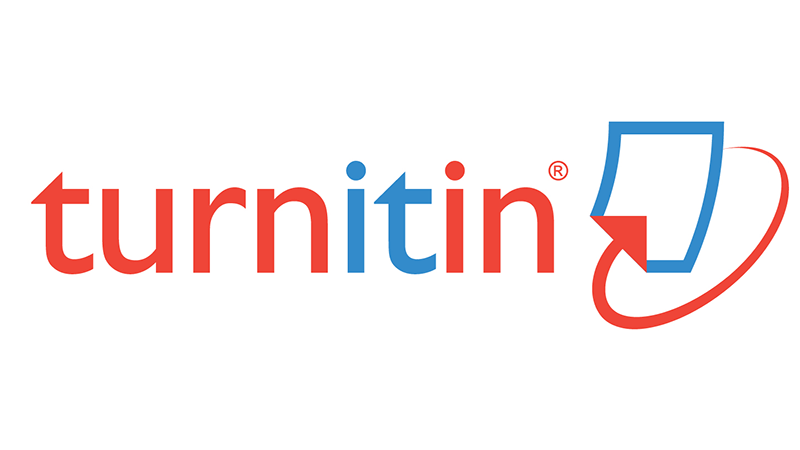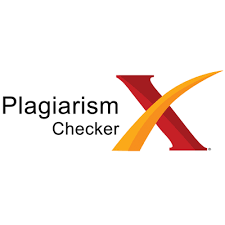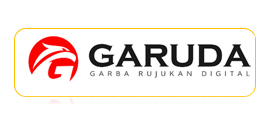Online Submissions
Already have a Username/Password for Jurnal Pendidikan Sejarah Indonesia?
Go to Login
Need a Username/Password?
Go to Registration
Registration and login are required to submit items online and to check the status of current submissions.
Author Guidelines
Author Guidelines
Carefully read the submission guidelines starting from January 2022 as follows:
General Requirements
1. The manuscript should be written in Bahasa Indonesia or English and related to historical learning and history education, which includes, but is not limited to education systems, institutions, theories, themes, curriculum, educational values, historical heritage, media and sources of historical learning, and other related topics.
2. The manuscript must be original work and never published in other publications.
3. The manuscript is written using suitable formats based on the provision of a scientific article writing system.
4. The manuscript must be typed in single space, 10-15 pages in length, A4 paper, using the template provided by this journal.
5. The manuscript is written in Microsoft Word.
6. The source references in the article text are written by APA style. We strongly recommended the author using reference management system (i.e., Mendeley, EndNote)
7. The expected minimum of references primarily with a minimum of 60% to journal papers.
8. Please download and use the manuscript template as guiding of your manuscript writing.
Structure of The Manuscript
The manuscript should be organized in the following order:
Title
This is your opportunity to attract the reader’s attention. Remember that readers are the potential authors who will cite your article. Identify the main issue of the paper. Begin with the subject of the paper. Do not contain infrequently-used abbreviations. The title must be concise, specific, informative, and complete.
Authors Name and Affiliations
Write Author(s) names without title and professional positions such as Prof, Dr, Production Manager, etc. Do not abbreviate your last/family name. Always give your First and Last names (Full Name). Write a clear affiliation of all Authors. Affiliation includes the name of name of university, address, country, including email address.
Abstract and Keywords
Abstract should stand alone, means that no citation in abstract. Consider it the advertisement of your article. Abstract should tell the prospective reader what you did and highlight the key findings. Avoid using technical jargon and uncommon abbreviations. You must be accurate, brief, clear and specific. Use words which reflect the precise meaning, Abstract should be precise and honest, summarising the significant points of the paper. Please follow word limitations (250 words).
Introduction
In Introduction, Authors should state the objectives of the work at the end of introduction section. Before the objective, Authors should provide an adequate background, and very short literature survey in order to record the existing solutions/method, to show which is the best of previous researches, to show the main limitation of the previous researches, to show what do you hope to achieve (to solve the limitation), and to show the scientific merit or novelties of the paper. Avoid a detailed literature survey or a summary of the results. The introduction should clearly state the purpose of the paper. It should include key references to appropriate work.
Method
The method should be used for the research briefly, clearly, and concisely.
Result and Discussion
Result and Discussion is the body of paper, consists of subtitle that representing the discussion of the paper. Results should be clear and concise. The results should summarize (scientific) findings rather than providing data in great detail. The discussion should explore the significance of the results of the work, not repeat them. A combined Results and Discussion section is often appropriate. Avoid extensive citations and discussion of published literature.
In discussion, it is the most important section of your article. Here you get the chance to sell your data. Make the discussion corresponding to the results, but do not reiterate the results. Often should begin with a brief summary of the main scientific findings (not experimental results). The following components should be covered in the discussion: How do your results relate to the original question or objectives outlined in the Introduction section (what)? Do you provide interpretation scientifically for each of your results or findings presented (why)? Are your results consistent with what other investigators have reported (what else)?
Conclusion
Conclusions should answer the objectives of the research. Tells how your work advances the field from the present state of knowledge. Without clear Conclusions, reviewers and readers will find it difficult to judge the work, and whether or not it merits publication in the journal. Do not repeat the Abstract, or just list experimental results. Provide a clear scientific justification for your work, and indicate possible applications and extensions. You should also suggest future experiments and/or point out those that are underway.
References
The references of manuscript use APA format. Please use reference manager such as Mendeley, Endnote, or Zotero to make the citation work easier.
Note: the manuscript structure for conceptual articles and case study articles is free
Submission Preparation Checklist
As part of the submission process, authors are required to check off their submission's compliance with all of the following items, and submissions may be returned to authors that do not adhere to these guidelines.
- The submission has not been previously published, nor is it before another journal for consideration (or an explanation has been provided in Comments to the Editor).
- The submission file is in Microsoft Word document file format.
- The references are written by APA style. We strongly recommended the author using reference management system (i.e., Mendeley, EndNote)
- The text is single-spaced; uses a 12-point font; employs italics, rather than underlining (except with URL addresses); and all illustrations, figures, and tables are placed within the text at the appropriate points, rather than at the end.
- The text adheres to the stylistic and bibliographic requirements outlined in the Author Guidelines, which is found in About the Journal.
- If submitting to a peer-reviewed section of the journal, the instructions in Ensuring a Blind Review have been followed.
Privacy Statement
The names and email addresses entered in this journal site will be used exclusively for the stated purposes of this journal and will not be made available for any other purpose or to any other party.
Author Fees
This journal charges the following author fees.
Article Submission: 0.00 (IDR)
Authors are not required to pay an Article Submission Fee as part of the submission process to contribute to review costs.
Article Publication: 1000000.00 (IDR)
If your paper is accepted for publication, you will be asked to pay an Article Publication Fee to cover publications costs of Rp.1.000.000 (one million rupiahs)/article.
If you do not have funds to pay such fees, you will have an opportunity to waive each fee. We do not want fees to prevent the publication of worthy work. Please contact us directly for waiver and we will assess your request.









